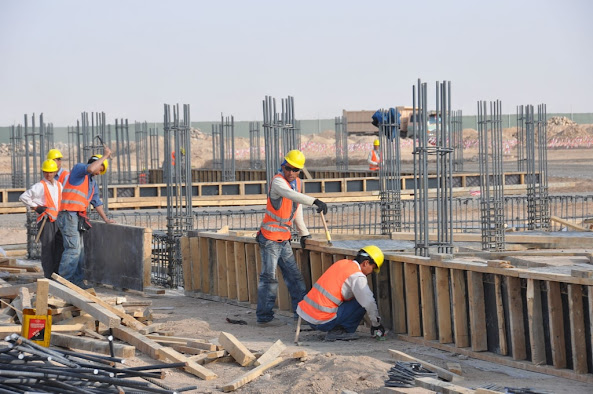How FRP Composites Developed as a Sustainable Building Material?
The construction industry has experienced significant growth in fiber-reinforced polymer (FRP) composites of new structures and rehabilitation of existing facilities over the past decades. However, the feasibility of FRP composites remains a question regarding its framework of a sustainable environment. Nevertheless, its unique properties overpower the potential challenge that FRP composites pose.
FRP composites are lightweight, non-corrosive, exhibit high specific strength and stiffness that can be constructed as per the need to enhance the performance requirements. To evaluate the sustainability of FRP composites, we need to consider factors such as energy/resource consumption, social factors, economic considerations, performance criteria, and more. The evaluation of FRP material is also required to determine the sustainability of a structure such as FRP Handrails Houston. The sustainability process includes a life cycle assessment that involves inputs and outputs for the phases of material life: raw material acquisition, processing, construction, maintenance, and recycling.
The perfect sustainable structure should have a closed life cycle where points such as renewable resources, energy, zero waste, and minimal environmental impact are considered. Moreover, the sustainable material must possess several other general factors, which are as follows:
- Less resource use
- Minimal environment impact
- Low human and environmental health risks
- High performance
In the case of FRP composites, the ability to recycle FRP composites is limited; however, its unique benefits cannot be ignored, potentially mitigating some environmental factors. One of the best ways to utilize FRP composites is to extend existing structures' service life and develop new designs that establish superior service life with low maintenance.
The lightweight of composites reduces construction costs and enhances construction speed, minimizing environmental impacts. FRP composites comprise high strength and stiffness characters that require less material that achieves similar performance as traditional materials, resulting in waste production. In addition, FRP composites intensify the service life of existing structures and develop new designs that are resistant to the effects of aging, weathering, and degradation in harsh environments.
FRPs are gaining recognition from the civil engineering community due to their rehabilitation of the degraded concrete structure. FRP Grating Houston and other external reinforcement materials can help construction agencies extend the service life of substantial infrastructure. Full-scale use of FRP Houston help civil engineers build environmentally protected structures that can withstand the impact of the harsh environment.
Our Location: FRP Houston; 11133 I-45 S., Suite Q, Conroe, TX 77302, United States.



Comments
Post a Comment